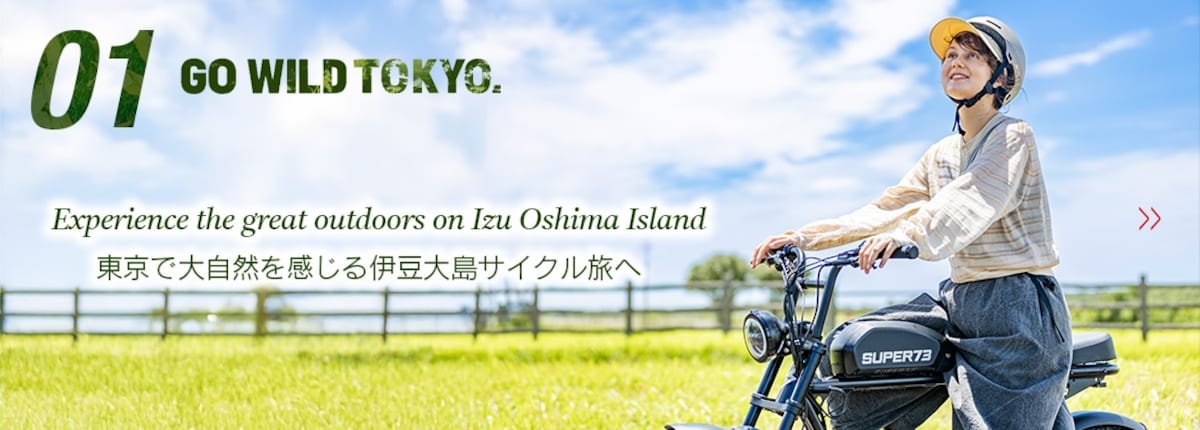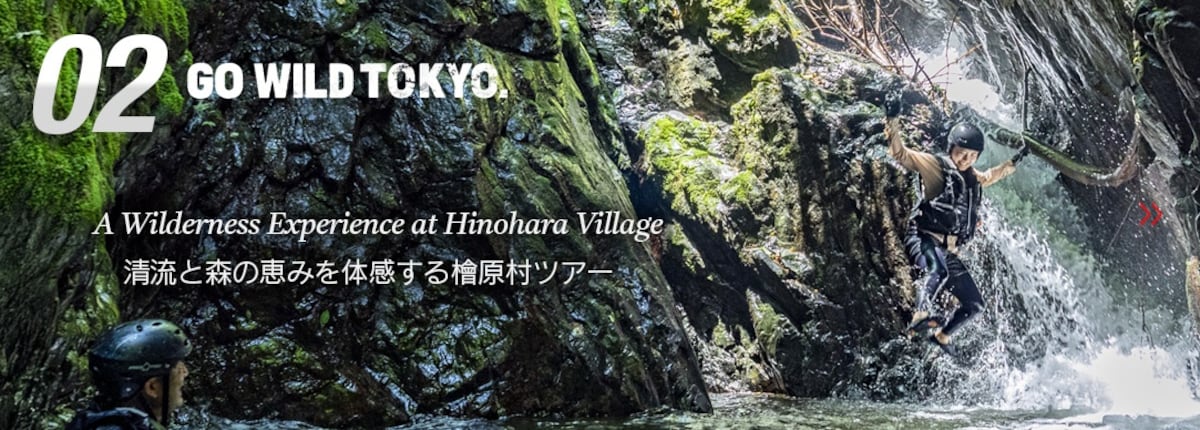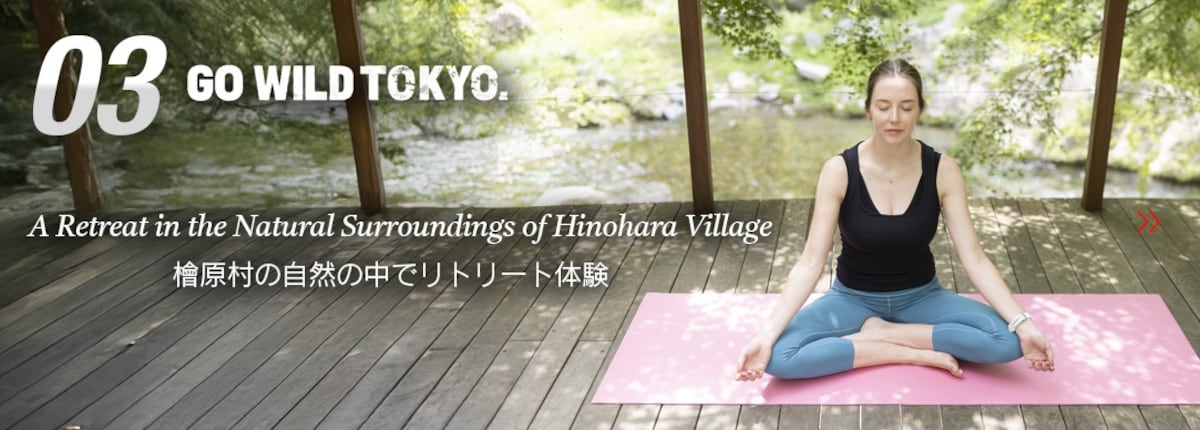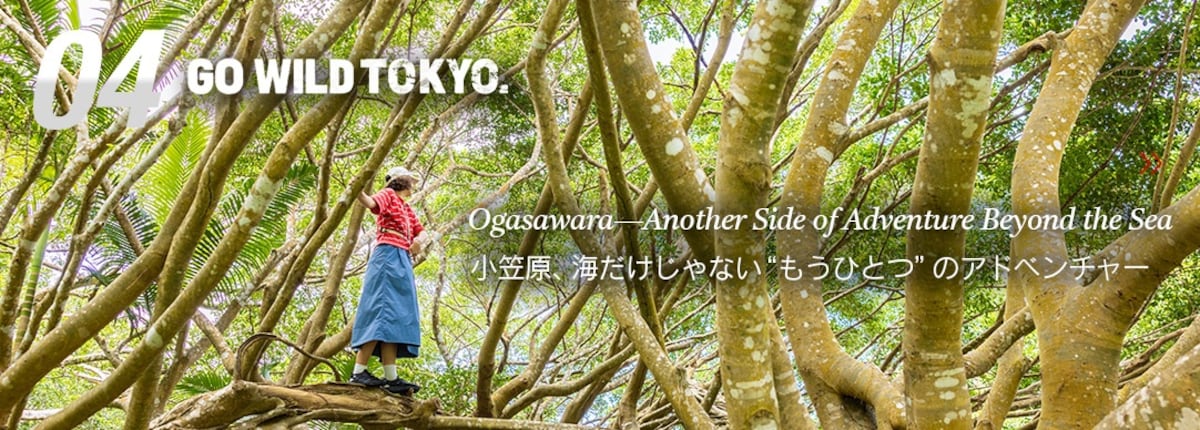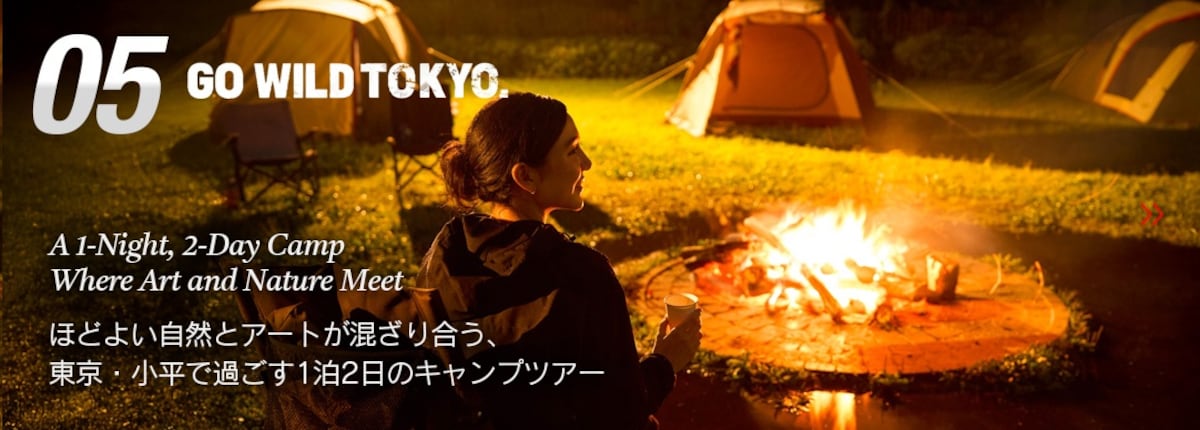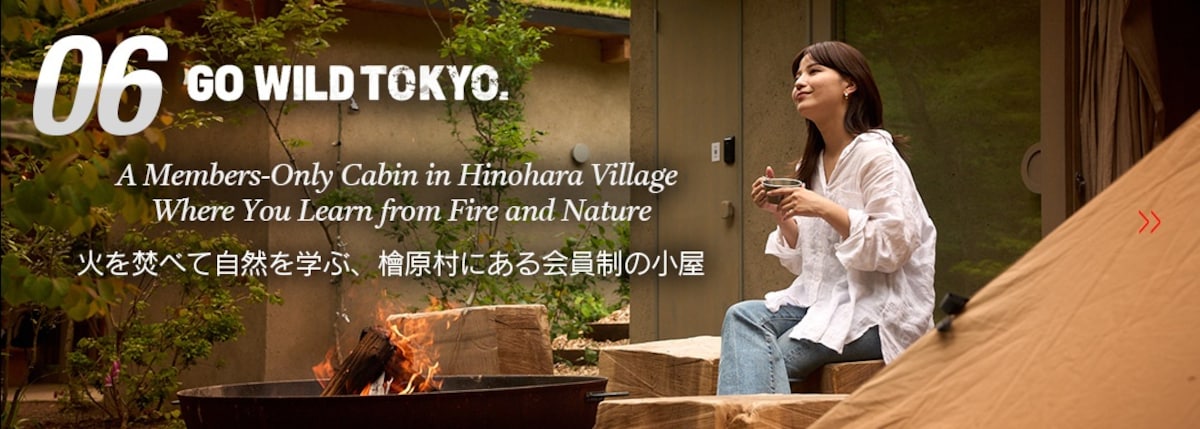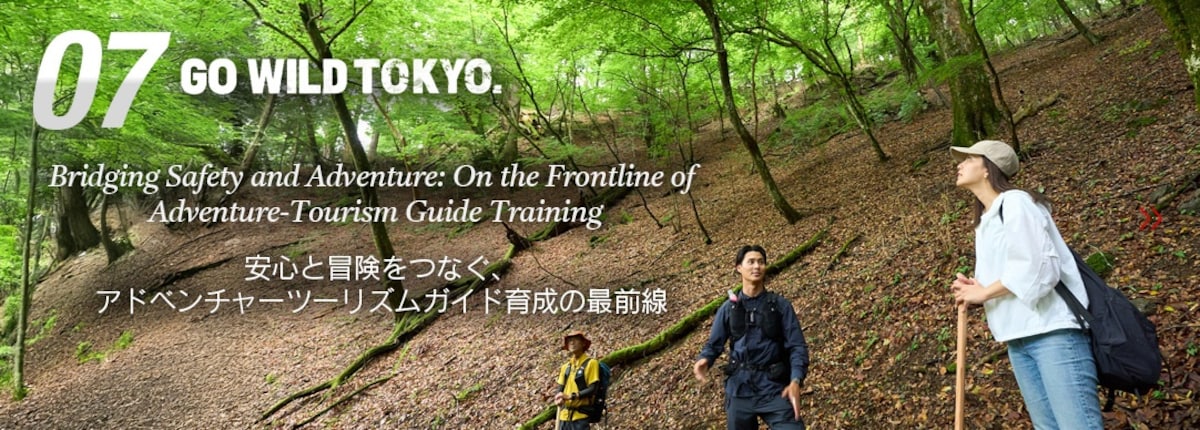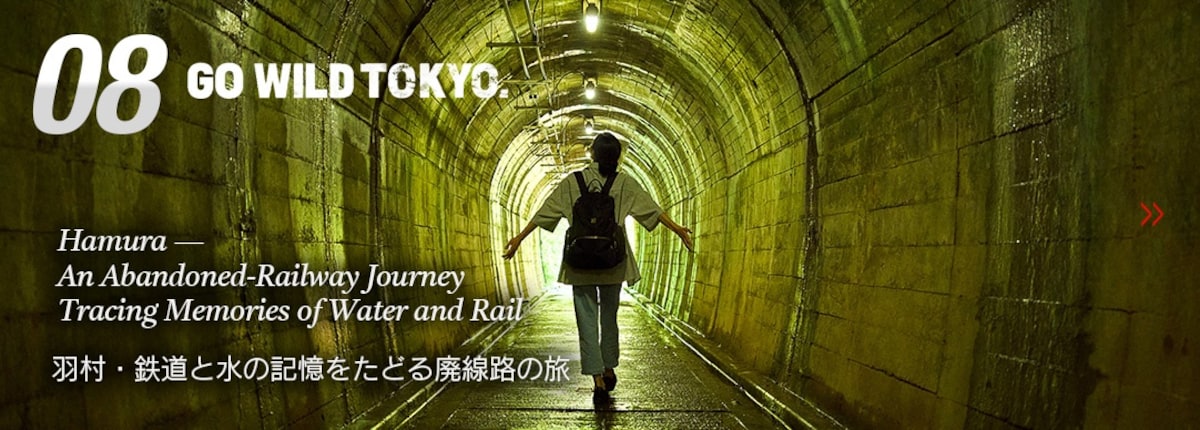GO WILD TOKYO 7 / Bridging Safety and Adventure: On the Frontline of Adventure-Tourism Guide Training
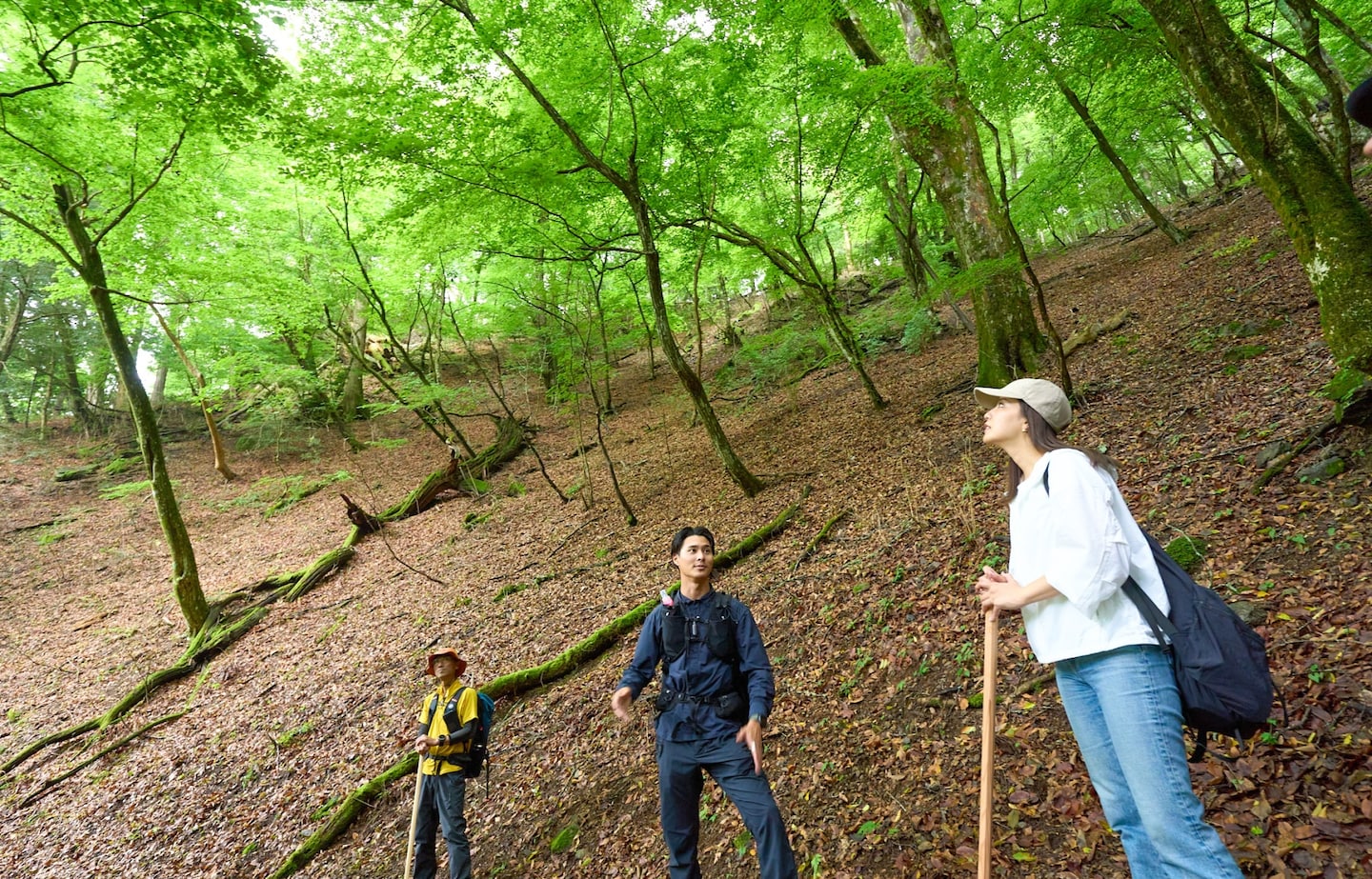
When people think of Tokyo, many picture skyscrapers and buzzing streets—but did you know the metropolis is also home to remarkable nature? Venture a little beyond the city center into the Tama and island areas and you’ll find landscapes that feel worlds away—perfect places to step out of the urban rush and reset. A style of travel increasingly popular with visitors is “adventure tourism,” built on at least two of three elements: nature, activities, and cultural experiences. Why not leave the everyday behind and set out to discover something new? GO WILD TOKYO!
By AAJ Editorial TeamAbout an hour by train from Shinjuku, the Nishitama area of western Tokyo opens into gentle valleys with clear rivers and forested mountains. Today, this region has become a hub for raising the standard of Japan’s adventure-tourism (AT) guides to international levels—and spreading those standards nationwide. Leading the charge is Fourth Wellness (now Tokyo Yamagawa DMC). Despite its location within Tokyo, the Tama area encompasses a national park and brims with nature, history, and culture. With mountains, rivers, and four distinct seasons that support diverse ecosystems, it is an ideal place both to enjoy adventure tourism and to cultivate professional guides. We joined the field sessions of their guide-training program.

Adventures are Possible Because of Guides
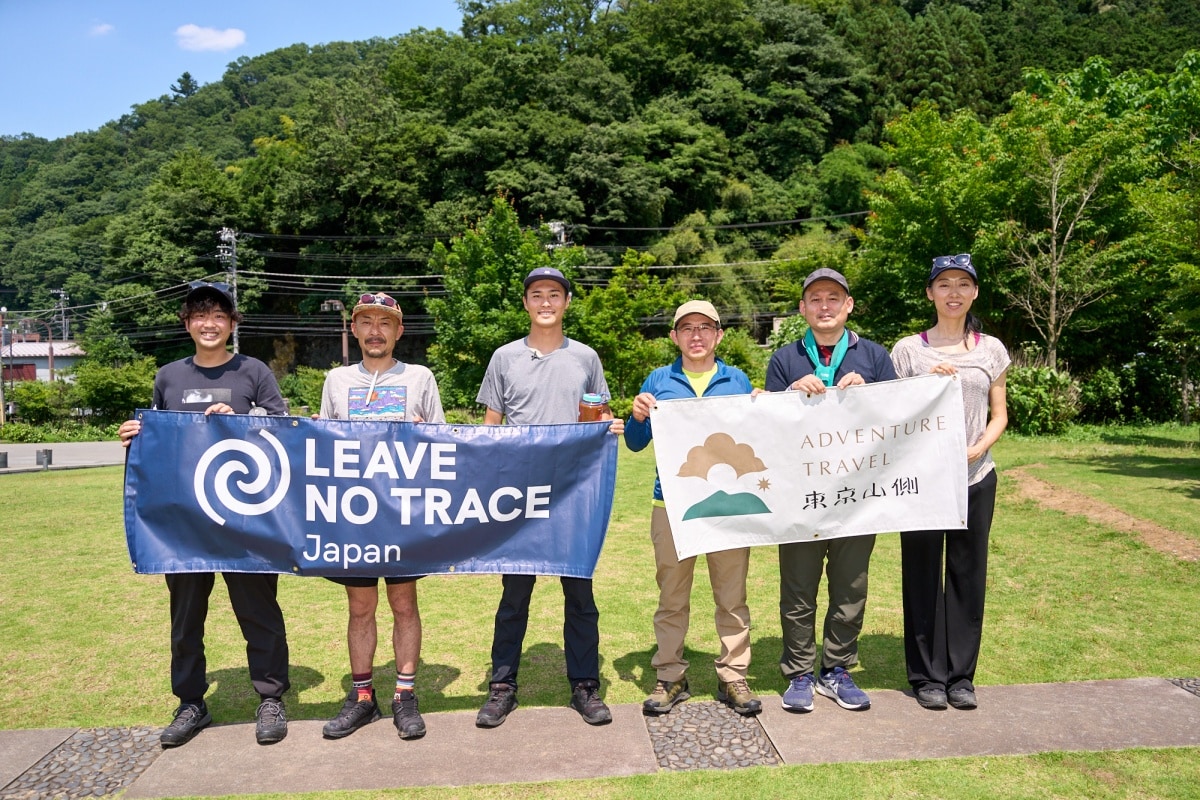
Even seemingly simple AT becomes safe and enjoyable through a professional guide’s knowledge and experience.
The global adventure tourism market is worth roughly ¥72 trillion annually, while Japan’s share is still modest, around ¥2 trillion. Yet Japan’s tourism assets—from seasonal nature to historic shrines and temples—are highly regarded by domestic and international visitors, suggesting strong room for growth. At the same time, challenges remain.
Natsuo Murano is an instructor for Force Wellness’s AT guide-training program. “At the 2023 Adventure Travel World Summit in Hokkaido, I keenly felt that Japanese guides still lag behind global standards,” he says. “One reason is that many guides here are self-taught, and there’s no broadly recognized standard for skills and knowledge. To ensure safe, reliable AT for guests and guides alike—and to earn the trust of stakeholders without losing demand—we decided to build an internationally aligned training program and take on AT guide development ourselves.”
Fourth Wellness (Tokyo Yamagawa DMC) develops AT guides and tour products while aiming to nurture sustainable futures for people and communities through nature experiences and environmental education, grounded in “body, mind, economy, and lifestyle.” Their AT work is on programs that draw on Japan’s natural and cultural resources, creating new tourism value.
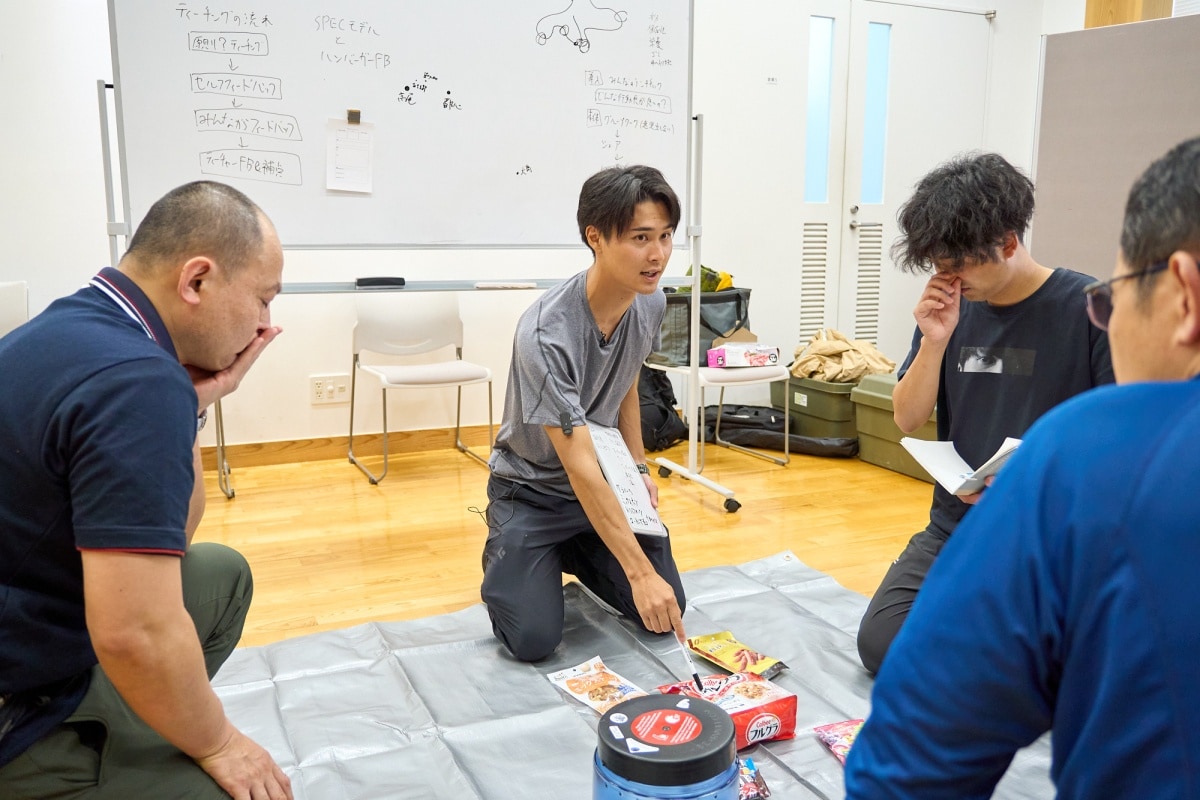
Hands-on lectures foster skill acquisition.
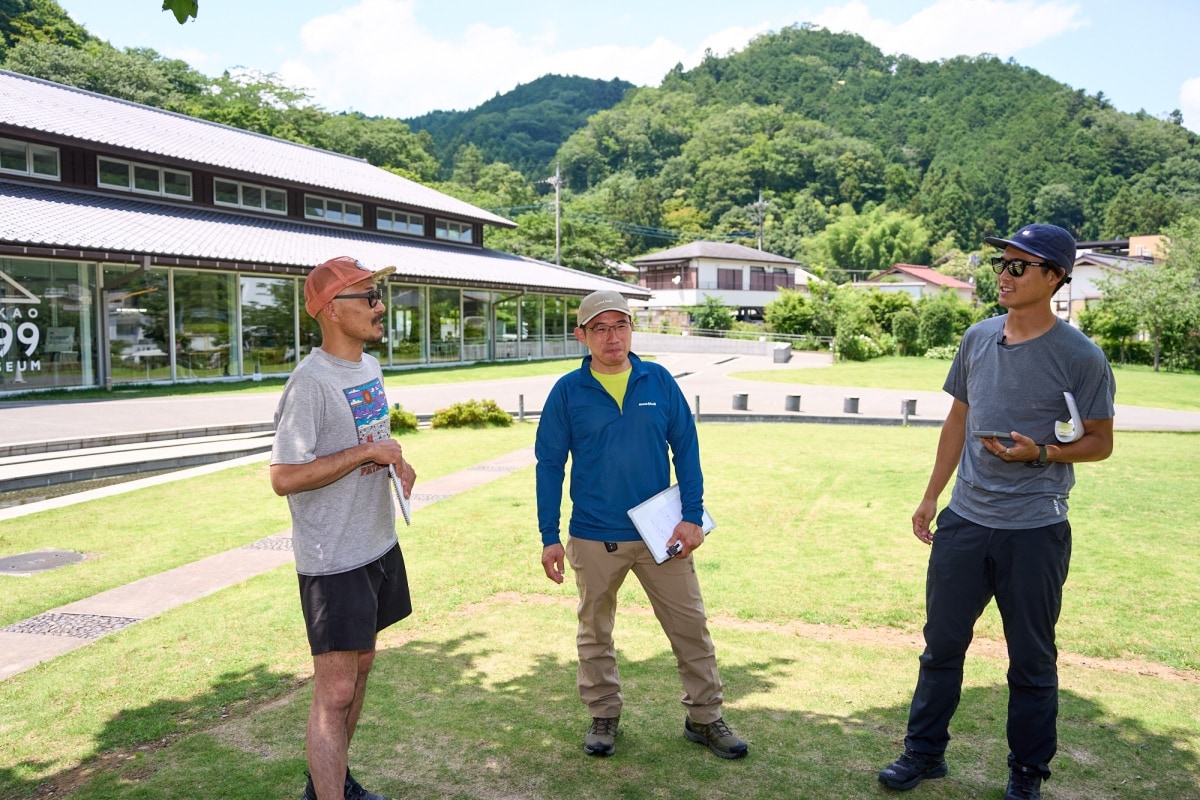
Outdoor teaching practicums included feedback on participants’ approaches, deepening practical learning.
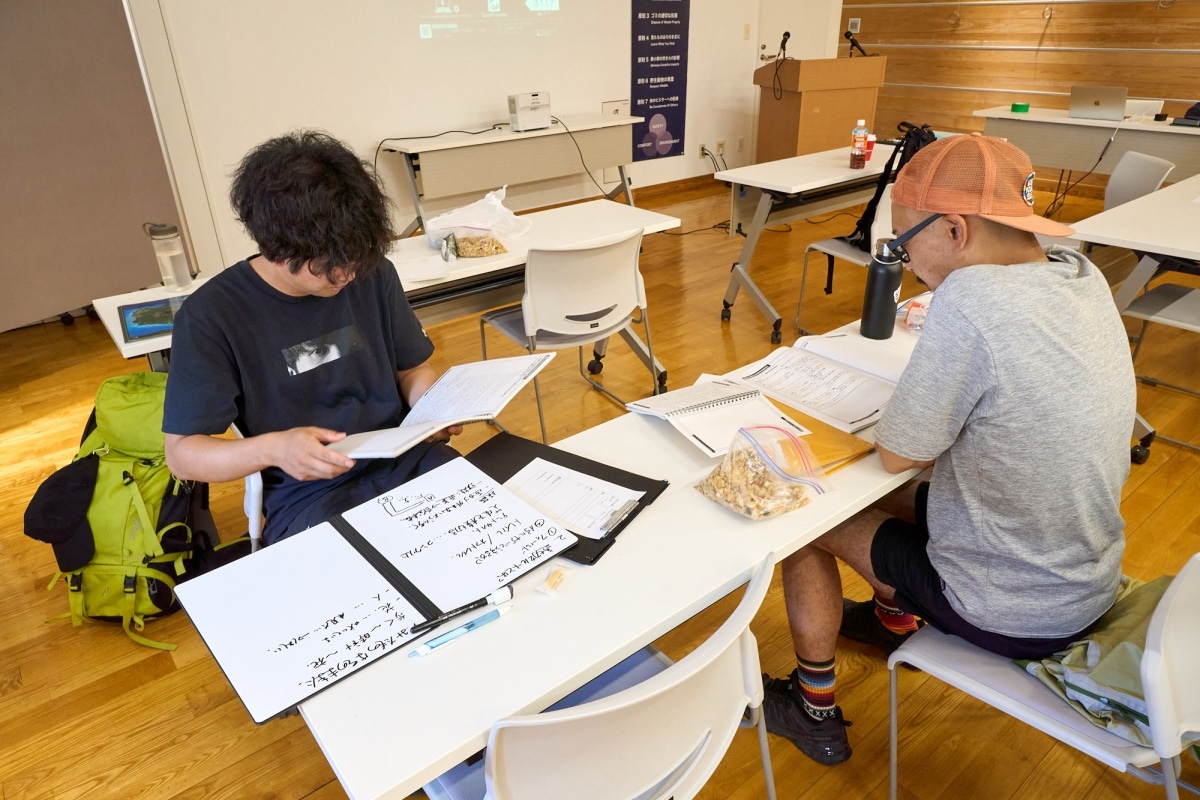
Beyond lectures, groups designed simulated tours—two full days of applied study.

Spreading International-Standard AT Guide Training
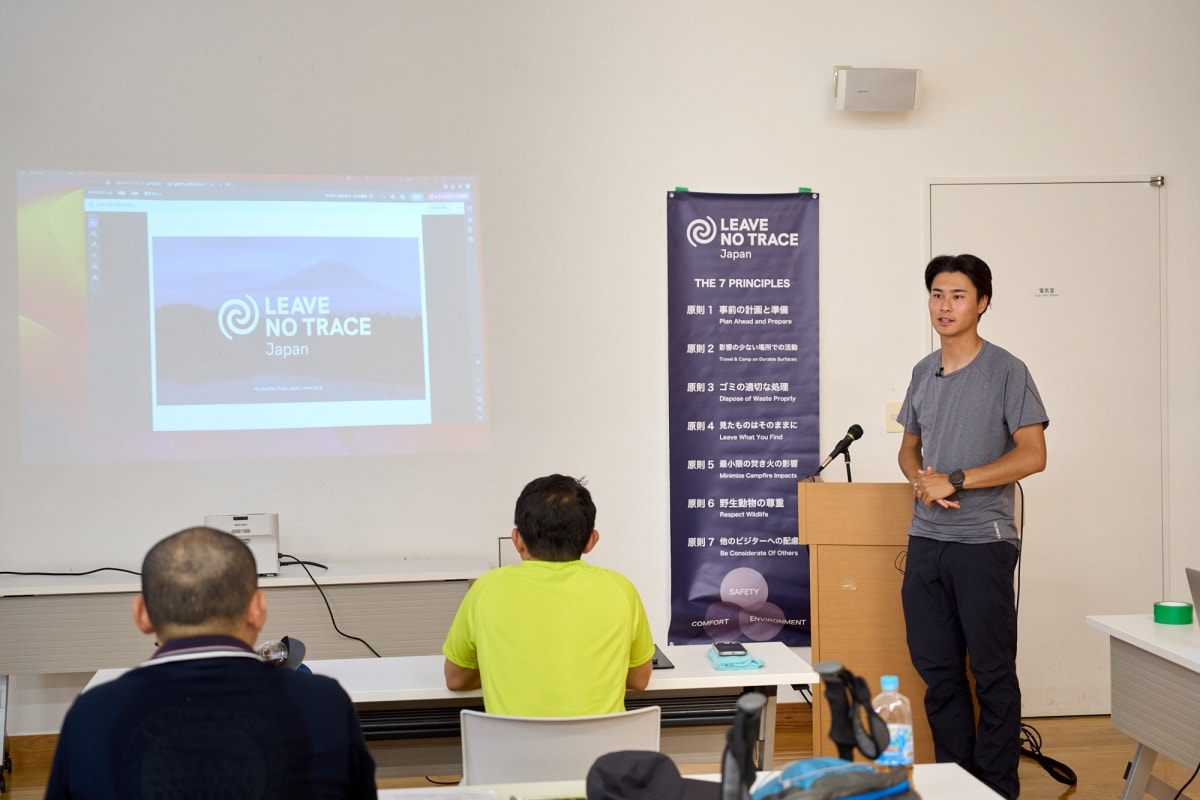
“Leave No Trace (LNT) Level 1” environmental ethics training gets underway.
To raise the quality of AT in Japan and better serve high-value travelers—including inbound luxury visitors—Fourth Wellness became the first in Japan to systematize an AT guide-training program aligned with international standards and operate it as a school.
Murano himself has completed programs with Wilderness Education Association Japan (WEAJ) and Leave No Trace Japan (LNTJ). He is certified as a WEA (COL) Outdoor Leader and a Leave No Trace Level 2 Instructor.
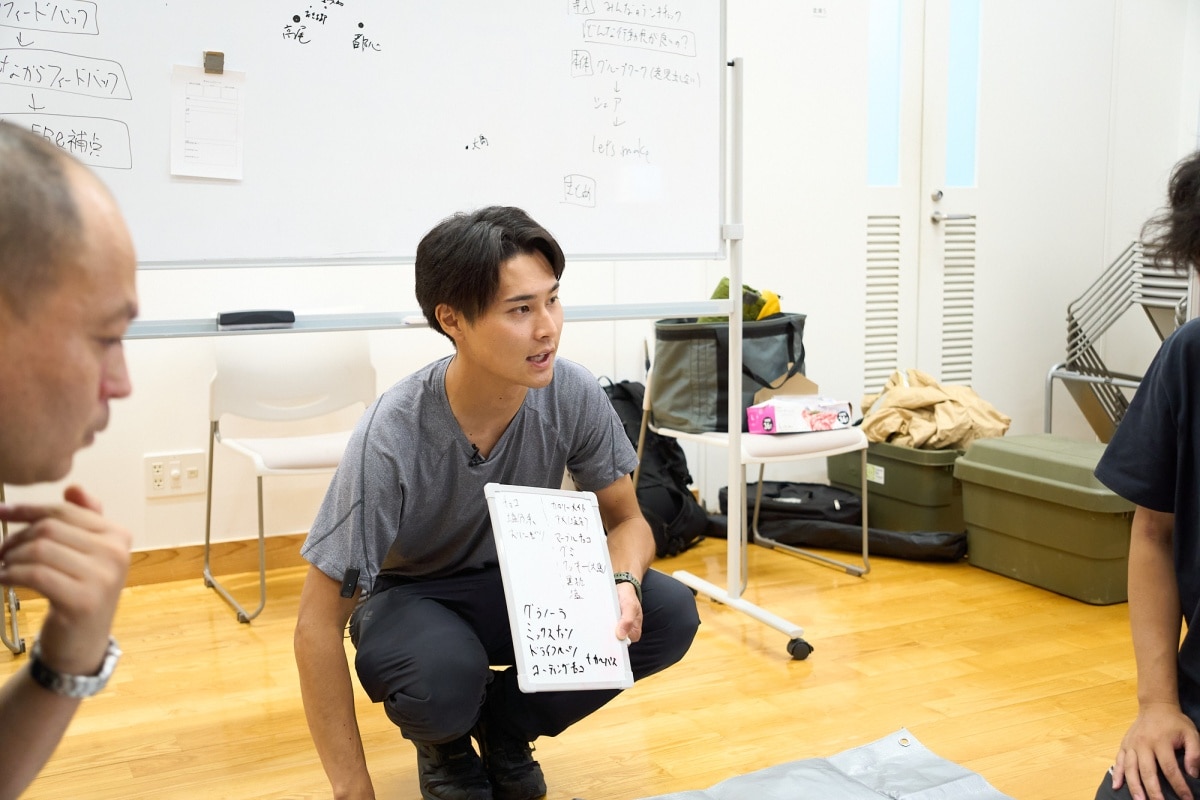
Murano explains why AT guides should carry complete-nutrition trail foods as part of emergency readiness.
Participants from across Japan—both active and aspiring guides—joined this session. Following the seven principles of Leave No Trace (LNT), the course combined Murano’s lectures with peer-to-peer teaching in small groups.
Eager to grow, participants quickly bonded under Murano’s facilitation and exchanged lively opinions. Each group’s session was followed by feedback from the presenters themselves, from the other group, and from Murano with additional notes. Indoor themes included “Plan Ahead and Prepare” and “Leave What You Find,” while outdoor sessions covered “Travel and Camp on Durable Surfaces” and “Minimize Campfire Impacts,” among others.
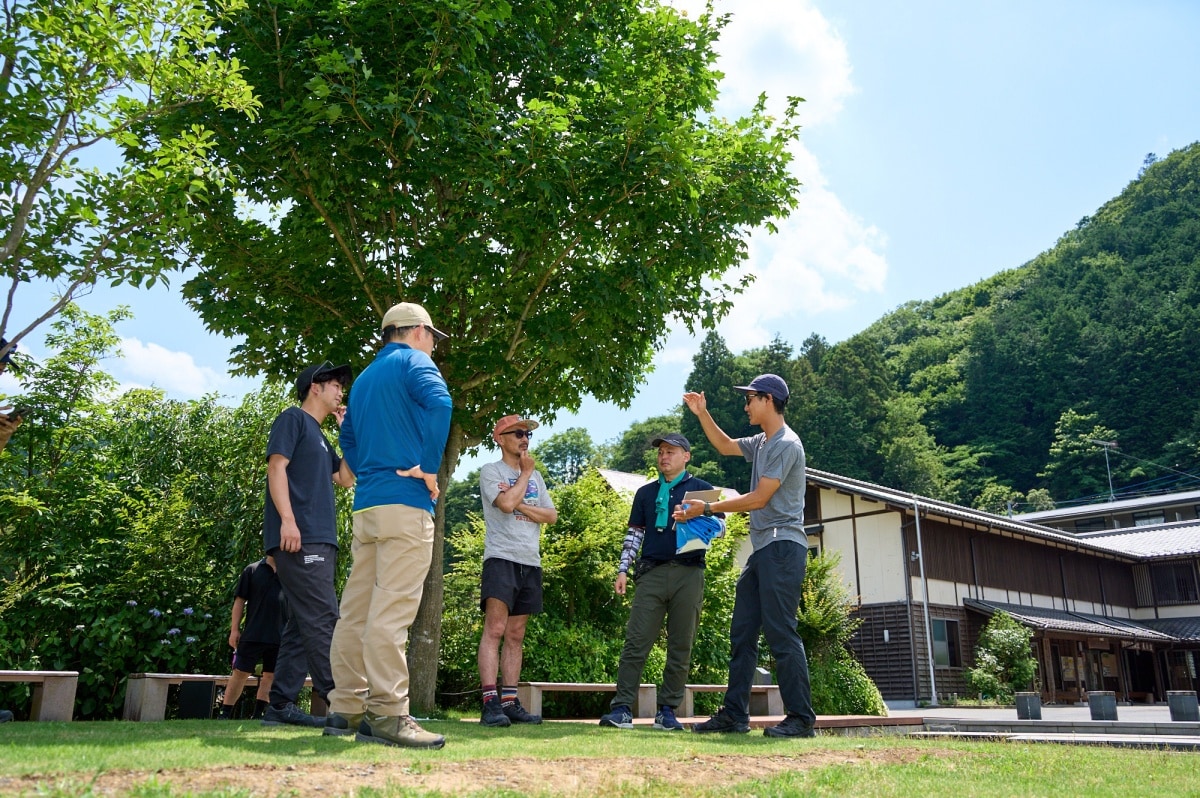
Post-practicum feedback highlighted strengths and concrete improvements from peers and from Murano.
“It’s invaluable to hear so many perspectives without inconveniencing actual guests. The field learning on Mt. Takao is especially worthwhile. Someday I’d like to host training like this around my home base in Itoigawa,”
—Takayuki Kashiwakura, participant
“It was my first time receiving instruction, so I stumbled in places. Still, having a structured way to learn AT knowledge and techniques is great, and I want to bring this approach home and help grow the number of AT guides with internationally recognized credentials,”
—Ichiro Kondo, participant
Participants who felt the need to improve their capabilities as AT guides clearly found traction here. Fourth Wellness’s guide-training efforts have only just begun, but the seeds are already sown—soon to sprout, grow, blossom, and seed again. The day when internationally standard AT guides are active across Japan may not be far off.

The Appeal of Guided Model Tours
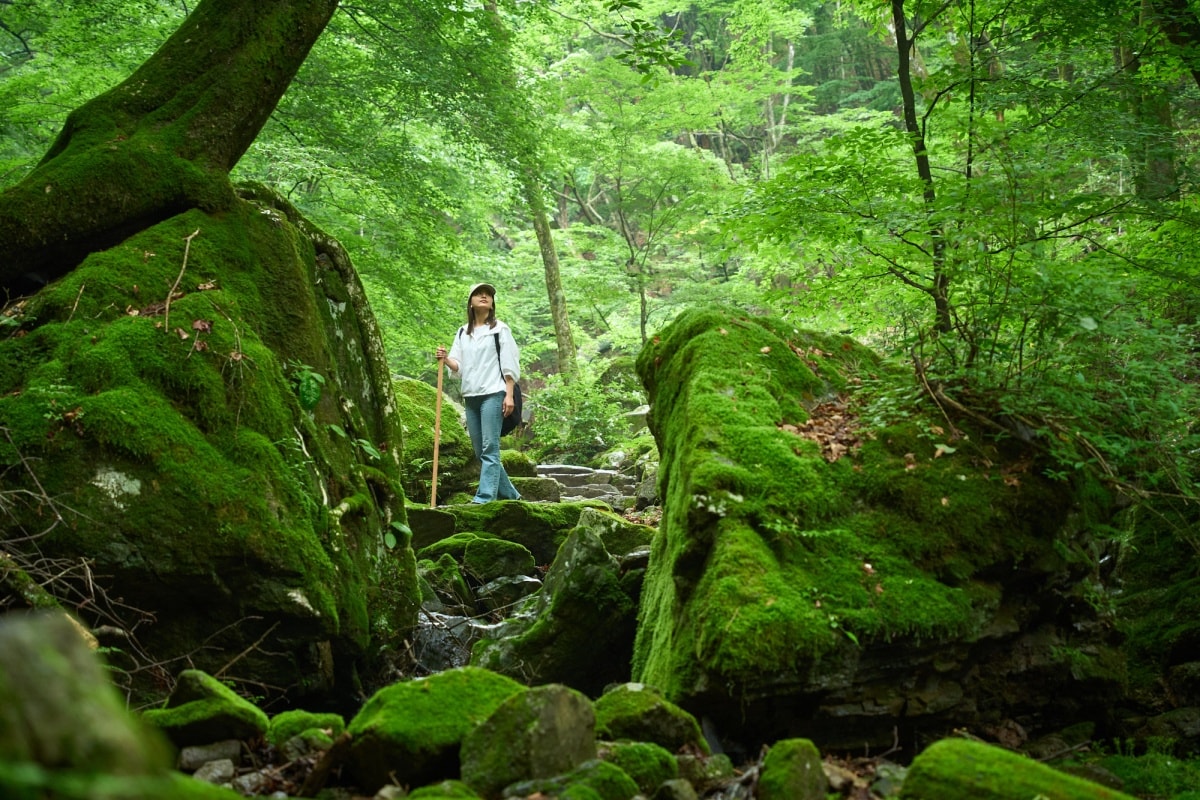
We sampled Fourth Wellness’s proposed hiking/climbing route on Mt. Mitake.
Another challenge is the content of AT—the experiences themselves.
“Japan has many destinations with diverse charm and climates, but truly mature AT content remains limited,” says Murano. “Alongside guide development, creating and expanding AT content is also one of our missions.” As part of that effort, Fourth Wellness is developing model courses. One example is a program on Mt. Mitake in Ome.
What stood out on this tour was how it wasn’t just about knowing or seeing nature and history; instead, the experiences were built through deep ties with local people. After many site visits and trust-building with oshi (shrine guide-priests) and shukubō (temple-lodging) hosts, the program took shape in partnership with the community.
The tour takes the Mitake Tozan Railway cable car from Takimoto Station to Mitakesan Station, passes through the oshi settlement, and heads for Musashi Mitake Shrine. Along the way, Murano explains the mountain’s history, its religious background, and local culture—turning sightseeing into meaningful learning.
At the shrine, we joined a formal prayer ceremony inside the main hall. Murano briefed us on etiquette in advance, so even first-timers felt at ease.
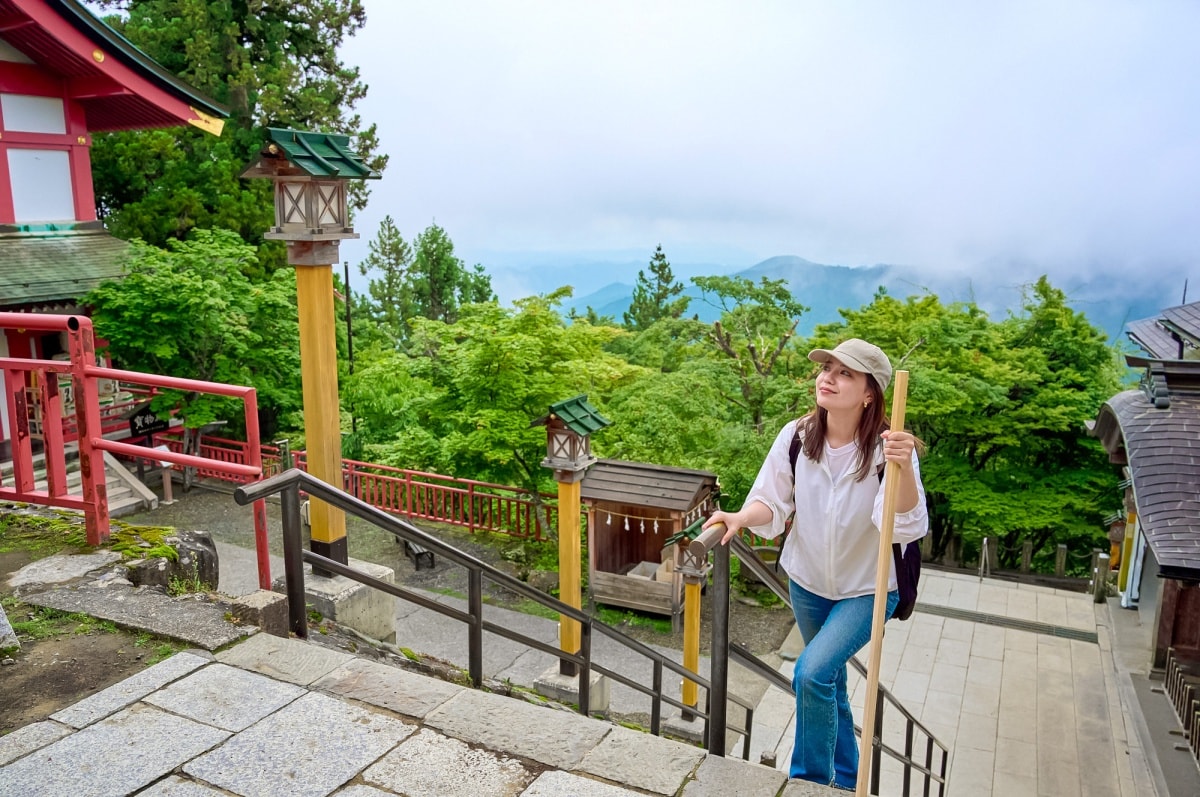
At 929 meters, Mt. Mitake’s summit hosts Musashi Mitake Shrine, long known as a “power spot in the sky.”
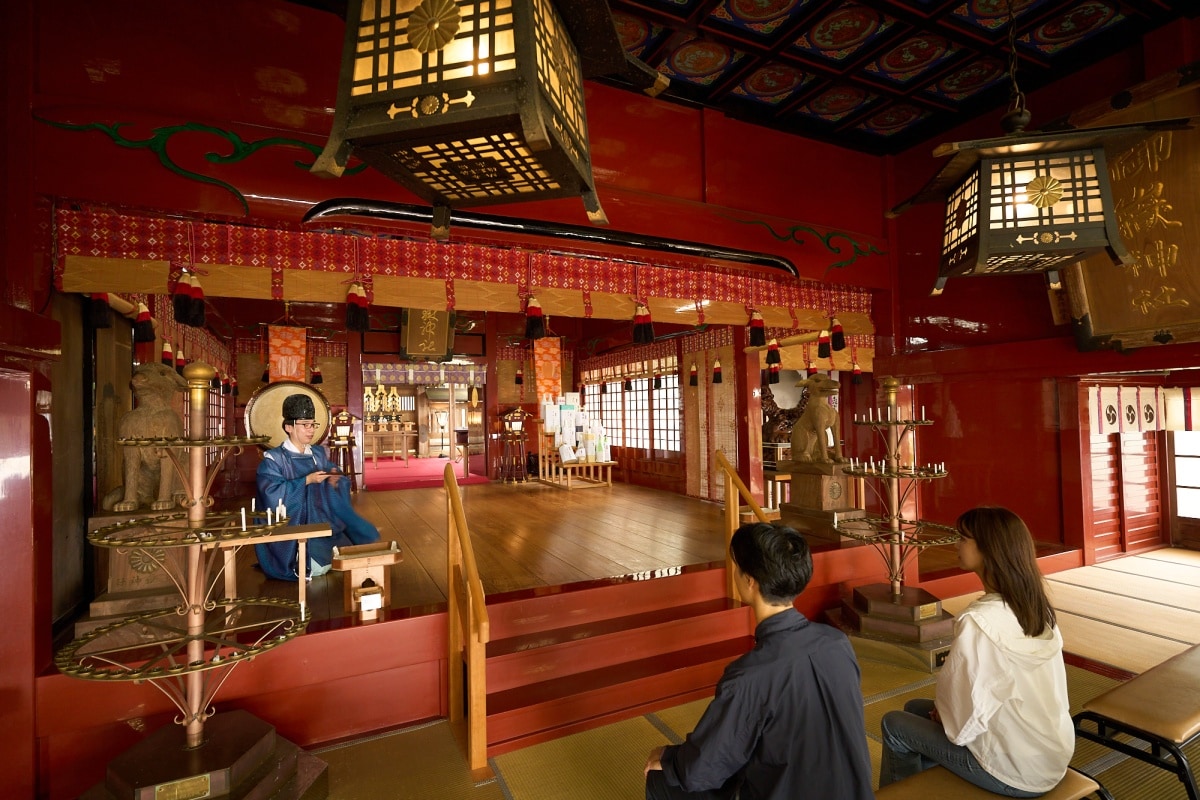
Formal worship includes purification rites by the clergy.
After worship, we lunched at a shukubō. On Mt. Mitake, all shukubō are run by oshi who serve the shrine, and guests are warmly welcomed.
In the afternoon, we walked in the quiet Rock Garden, where mossy stone and clear streams weave a serene forest scene. Murano pointed out plants, animals, and geomorphology, and coached safe footwork on slick or sloped sections—so even beginners could enjoy the route with confidence.
Nature, culture, faith, and human connection—Mt. Mitake’s AT experience brings these layers together into deeper learning than ordinary tourism. A skilled guide, collaboration with the community, and careful relationship-building clearly elevate the quality end-to-end.
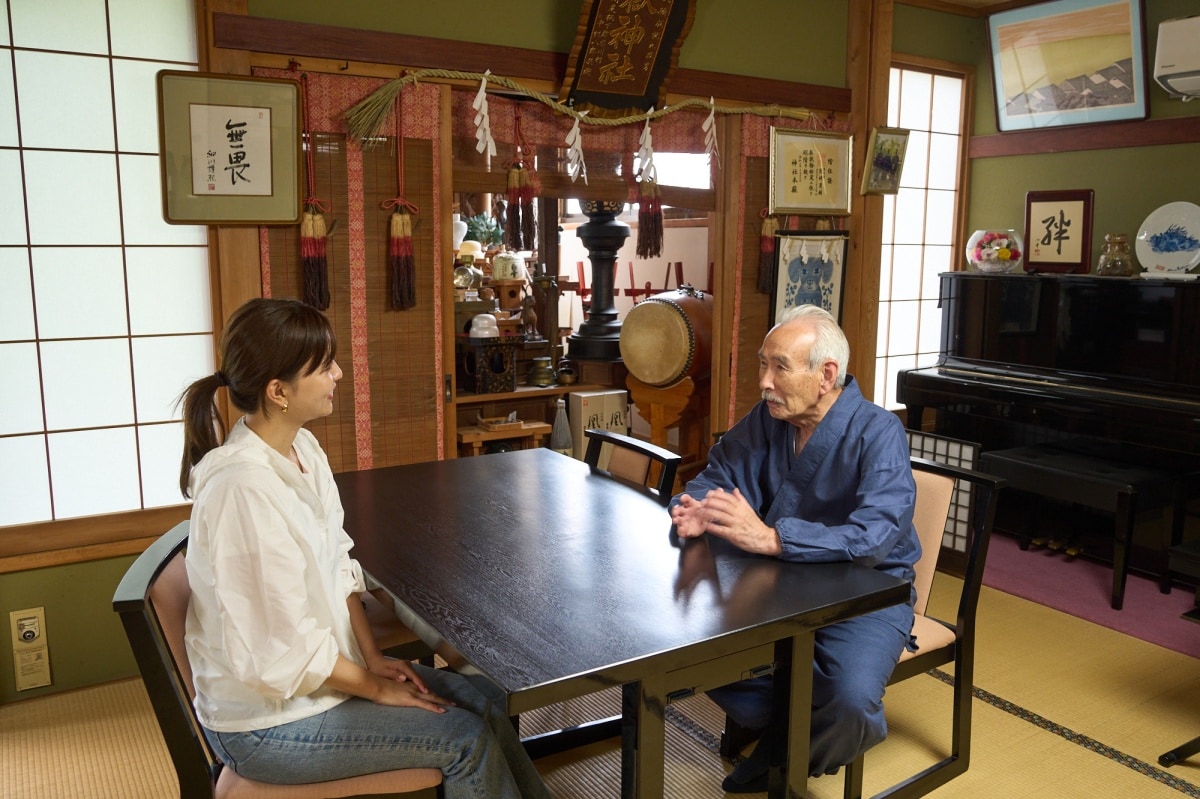
Some shukubō also serve lunch to day visitors; with good timing, you may hear stories directly from an oshi.
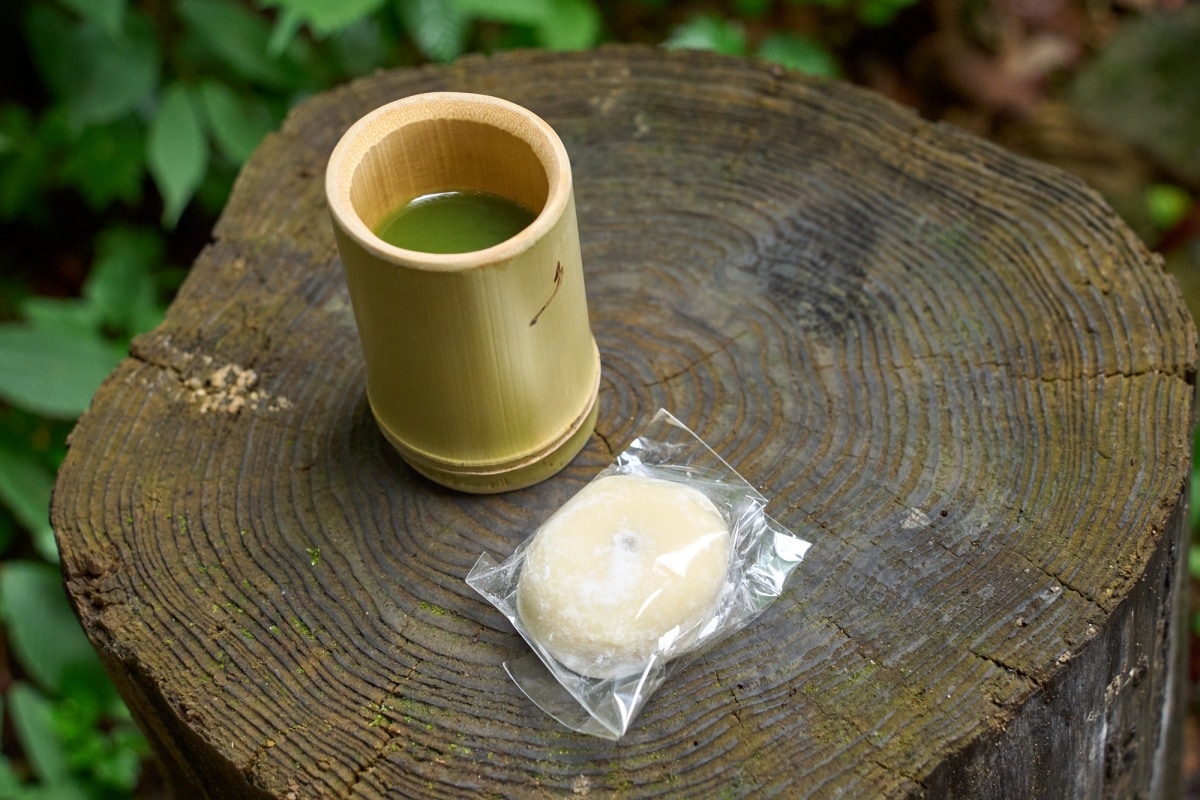
During a break in the woods, we enjoyed mulberry tea from Hachioji and local millet rice cakes—served in bamboo cups hand-cut by a local elder.

A Future Where Everyone Can Adventure with Confidence
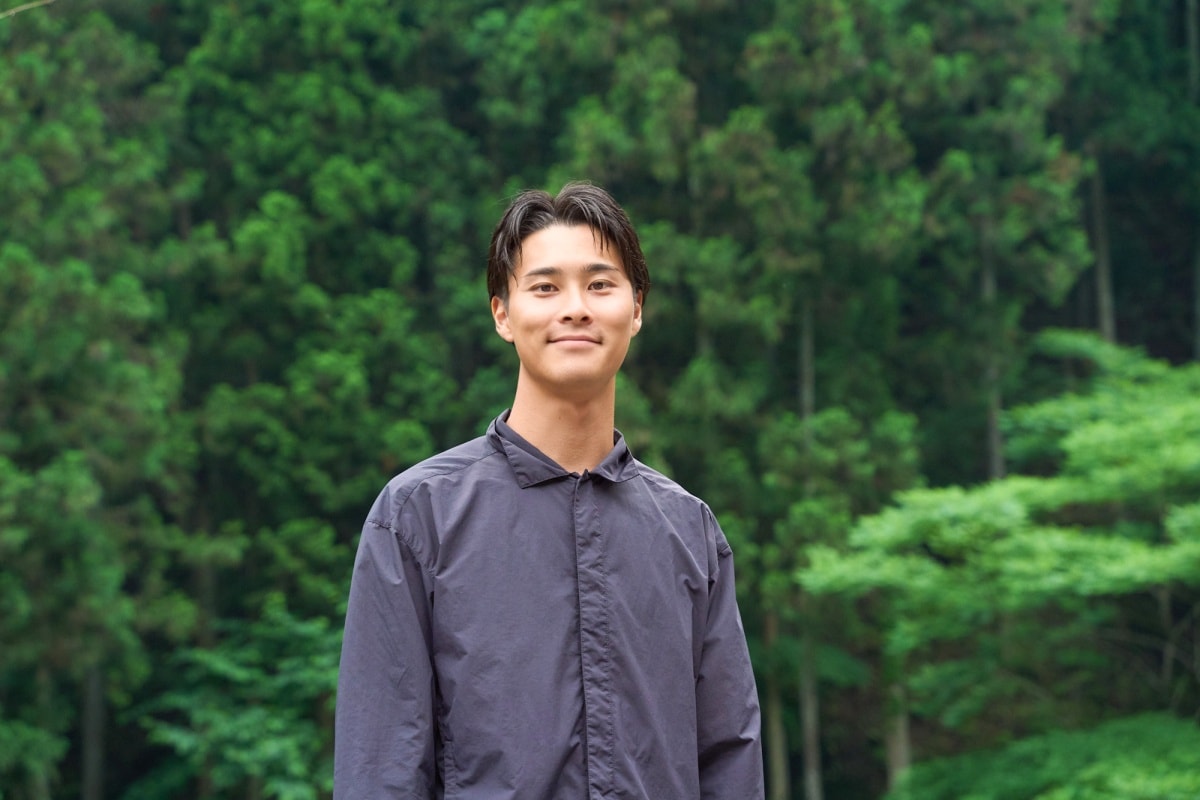
AT guide-training program instructor Natsuo Murano (Fourth Wellness).
Our time on Mt. Mitake, coupled with the LNT sessions around Mt. Takao, underscored that AT is both delightfully out-of-the-ordinary and always adjacent to risk.
If someone were injured on route to the Rock Garden and night fell there—what then? In the mountains there are no homes, often not even a single light, and mobile reception can be scarce. Even so, with Murano, we would make it to the morning—because he has the equipment, knowledge, and skills for worst-case scenarios. Professional AT guides are the ones who lead us on adventures that are safe and reassuring.
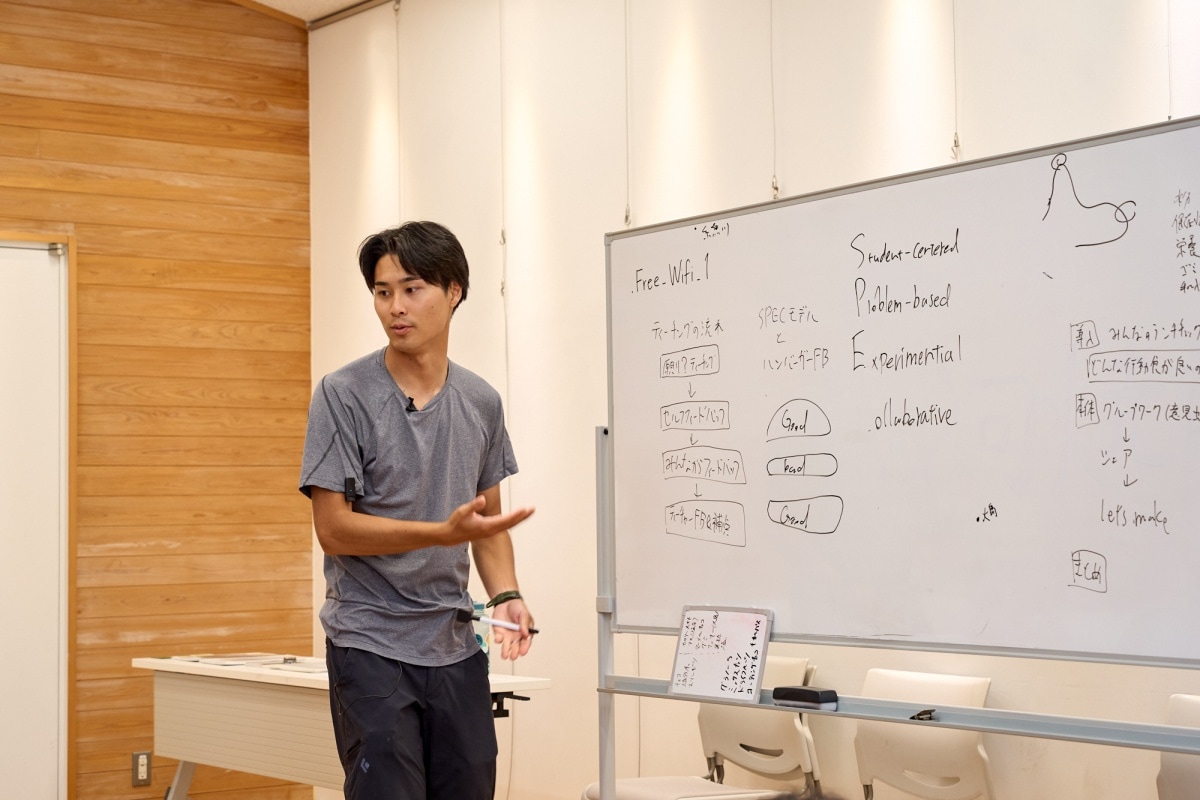
A hallmark of this program is an emphasis not only on growing as individual guides, but also on teaching others—multiplying capable AT guides.
According to Murano, beyond keeping guests safe and comfortable, internationally standard AT guides must also consider the environment, other visitors, and a deep respect for nature and culture. While that can’t be achieved overnight, he wants to continue strengthening ties with municipalities, DMOs, and DMCs nationwide to raise guide quality and spread best practices.
“Our aim is to offer AT anywhere in Japan—or itineraries that connect regions—to both domestic and overseas guests,” he says. “As the number of guides with international certifications grows, so will the capacity to guide safely, and the overall quality of experiences and tours will rise. That’s how Japan’s inbound tourism becomes repeat-worthy rather than a one-off. And if the unexpected occurs, actions and explanations grounded in those credentials protect guides—and, in turn, build trust with overseas travel agencies.”
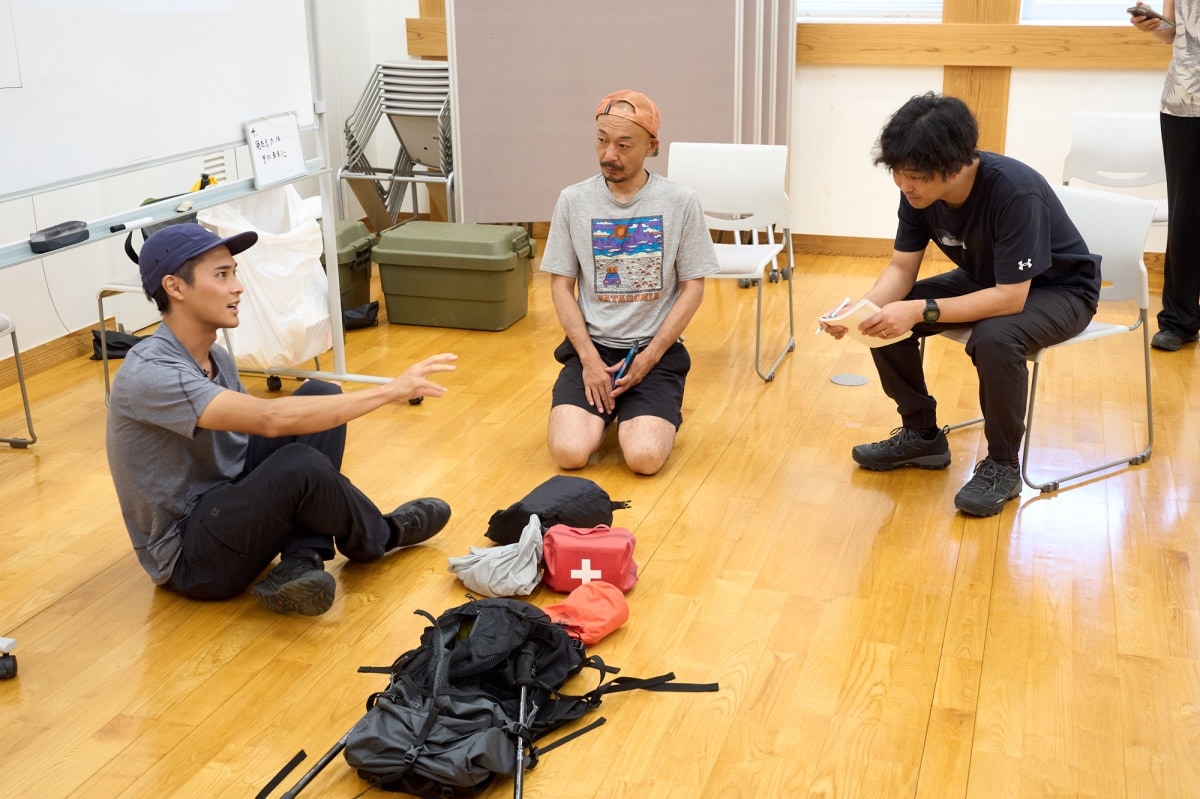
Knowing the essentials to carry—and how to pack them—is fundamental for AT guides.
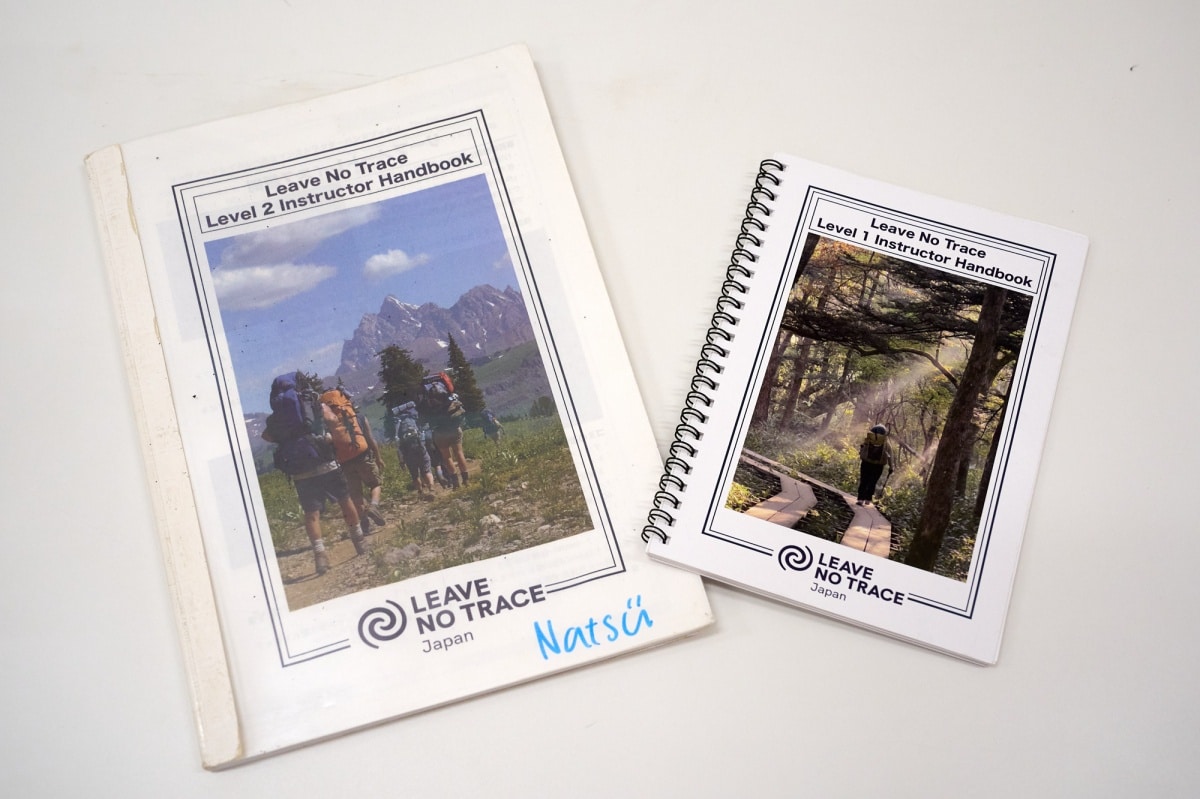
Japanese-language “Leave No Trace” texts used in training.

Operating Organization: General Incorporated Association Fourth Wellness
Company Name: Tokyo Yamagawa DMC, Inc.
URL: https://mt-tokyo.com/
SNS:Instagram https://www.instagram.com/tokyoyamagawa_/

※This project was carried out with support from the Tokyo Convention & Visitors Bureau (TCVB) Adventure Tourism Promotion Grant.
Text: Ryuji Muratsugi Photos: Tatsushi Yuasa


